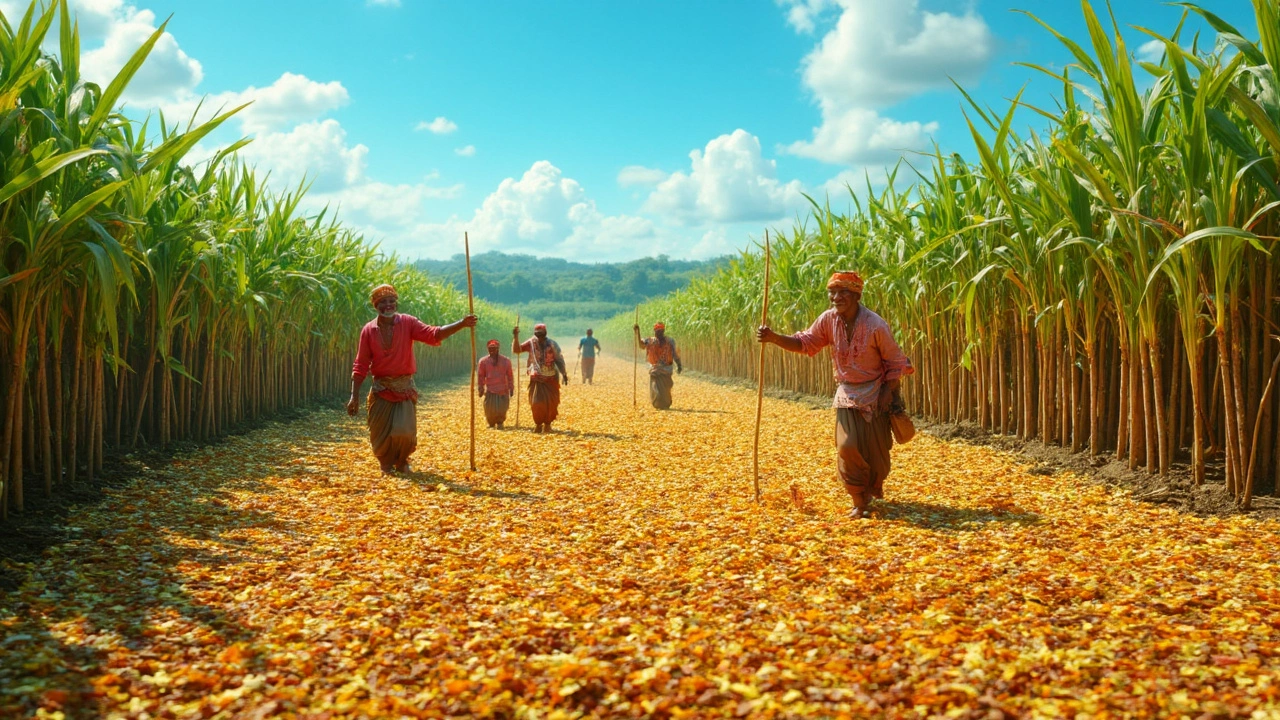Coca-Cola Sourcing Made Simple: Fast, Safe & Cost‑Effective Logistics
Getting Coca‑Cola from the bottler to your store sounds easy, but a few hidden steps can slow you down or raise costs. With the right logistics partner, those headaches disappear. In this guide we’ll walk through the key pieces – from temperature‑controlled storage to last‑mile delivery – so you can keep shelves stocked without breaking the bank.
Plan Your Inventory Like a Pro
First thing’s first: know how much you need and when you need it. Use a simple spreadsheet or a cloud‑based inventory tool to track daily sales, peak seasons, and promotional spikes. When you can forecast demand, you avoid over‑stocking (which ties up cash) and under‑stocking (which loses sales). Most businesses find that a 2‑week safety buffer works well for soft drinks, especially during festivals or hot weather.
Once you have a forecast, set up reorder points with your supplier. Most bottlers can automate the order process if you give them a clear schedule. Automating this step cuts down on phone calls and human error – a win for both you and the bottler.
Keep the Product Fresh with the Right Storage
Coca‑Cola isn’t a delicate wine, but it does hate extreme temperatures. Store the cans and bottles in a cool, dry place – ideally between 15°C and 25°C. A temperature‑controlled warehouse protects the flavor and prevents can deformation. If you’re using StockOne’s warehouse solutions, ask for zones that maintain a stable climate and have easy pallet access.
Stack the pallets smartly: leave a small aisle for fork‑lift traffic and avoid stacking too high. A common mistake is to fill every corner and then complain about slow picking. A well‑organized layout lets your staff pull the right SKU in seconds, which speeds up order fulfillment and reduces labor costs.
Don’t forget the paperwork. A simple QR code on each pallet can link to a digital record showing the batch number, production date, and expiry date. Scanning the code at each checkpoint gives you real‑time visibility and helps you trace any issues back to the source quickly.
When it’s time to move the stock, choose the right transport mode. For intra‑city deliveries, a small box truck with a refrigerated compartment is usually enough. For longer hauls, a temperature‑controlled trailer ensures the product stays within the safe range. StockOne offers both options, and their route‑optimization software can shave hours off your delivery time.
Finally, communicate clearly with the driver. Share the delivery window, any special handling instructions, and the exact location of the receiving dock. A driver who knows the plan can plan the fastest route, avoid traffic snarls, and keep the product on schedule.
By treating Coca‑Cola sourcing as a series of small, manageable steps – forecasting, proper storage, smart picking, and precise transport – you reduce waste, keep costs low, and delight customers with fresh, cold drinks. Need a partner who handles all these pieces? StockOne Logistics can set up the warehouse space, manage the transport, and give you the data you need to keep the supply chain humming.
Where Does Coca-Cola Source Its Raw Materials?
Ever wondered where Coca-Cola gets its ingredients from? Let's explore the sourcing strategy of this global giant, from the origins of sugar and caffeine to the logistics of natural flavorings. We'll uncover the company's partnerships with suppliers, the measures they take for sustainable sourcing, and how they keep those raw materials flowing efficiently.
Read More